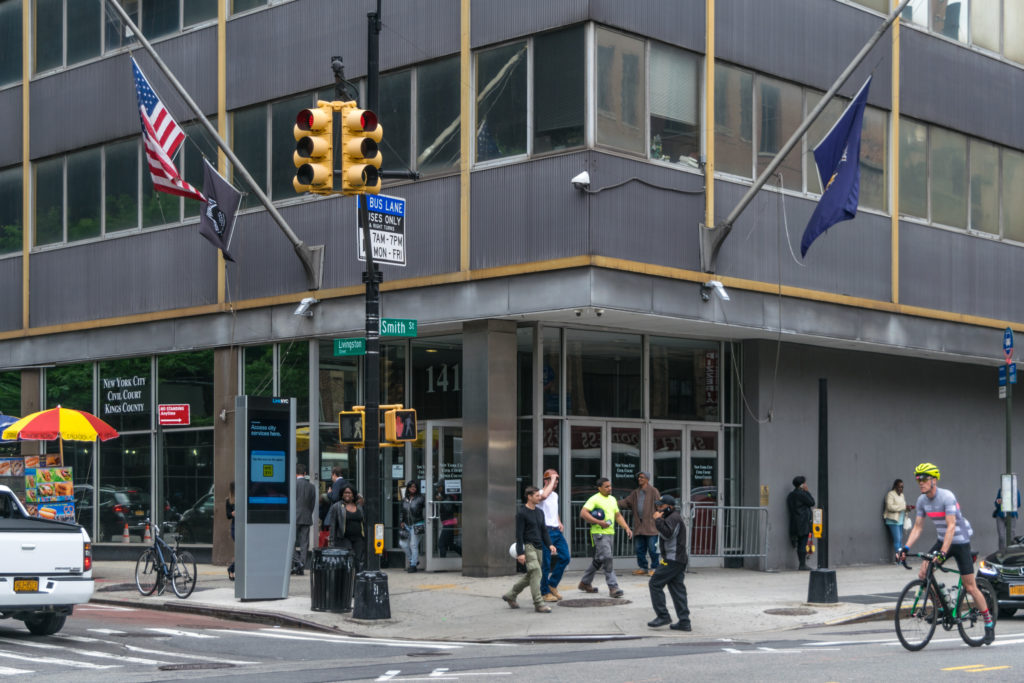Courts have reopened too soon, say Brooklyn Defender Services and other advocates

The New York City court system has officially reopened as part of one of a three-part plan, but a coalition of legal providers and advocates say it’s happened too soon.
A coalition that includes Bill Bryan, attorney in charge at Brooklyn Defender Services, and 18 other advocacy and public defender groups wrote a letter on Wednesday addressed to Chief Administrative Judge Lawrence Marks that urges the Office of Court Administration to stop the reopening of the courts.
The groups claim that by opening the courts amidst the ongoing COVID-19 pandemic and citywide Black Lives Matter demonstrations, officials are needlessly putting the public at risk.

Brooklyn Boro
View MoreNew York City’s most populous borough, Brooklyn, is home to nearly 2.6 million residents. If Brooklyn were an independent city it would be the fourth largest city in the United States. While Brooklyn has become the epitome of ‘cool and hip’ in recent years, for those that were born here, raised families here and improved communities over the years, Brooklyn has never been ‘uncool’.